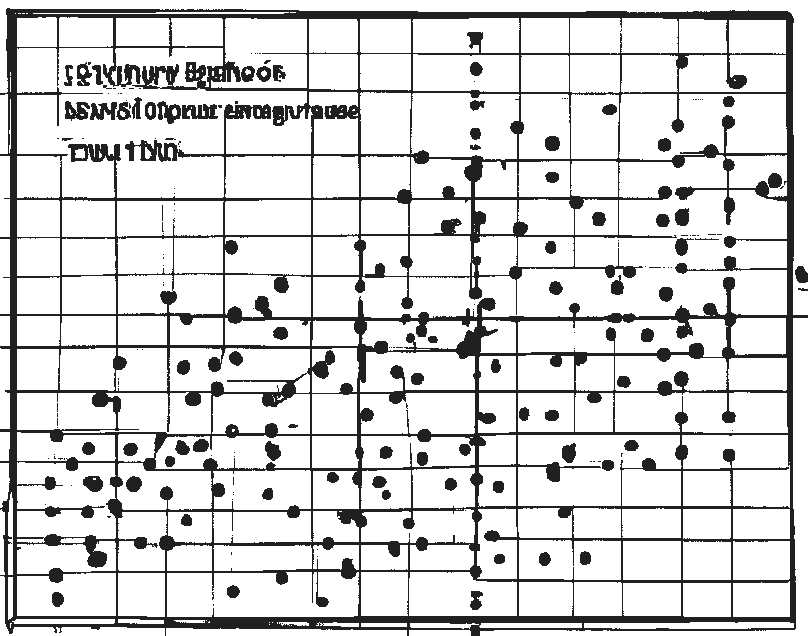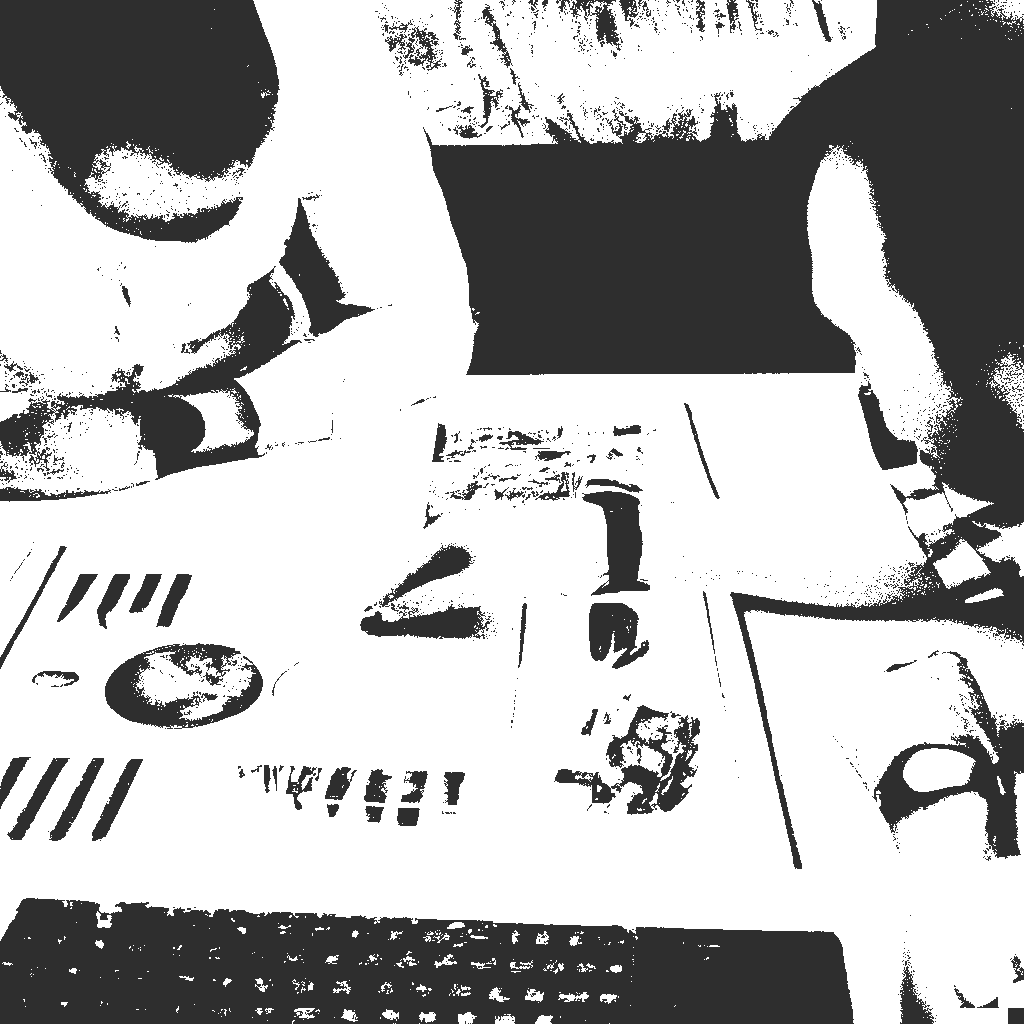RC-VALODirect Epidemio-Statistics — Publish and leverage clinical research
We help SMEs and innovative companies leverage precise data, model and score risks, anticipate adverse events, and create value-driven services.

What does our consulting service include?
Assisting you from data reception to publication
Our expertise in epidemiology and statistics helps you clarify the distribution and determinants of health-related events in your target populations.
We guide you from the reception of your clinical study data through to publication in scientific journals.

Plan the analysis
To address your research project accurately, we aim to clearly understand your questions, goals, and the data being used.
Planning the epidemiological-statistical analysis may involve:

- Review the study protocol to align the analysis with your objectives
- Identify methods, sample size, power, and hypotheses
- Plan the execution timeline, resources, and optional analyses
- Check assumptions, outliers, missing data, or correlations
- Define handling for missing data
- Specify the model, variables, transformations, or interactions

Manage and clean data
Once data are collected, we clean and prepare them for analysis, checking for missing or incorrect values, fixing errors, and ensuring data are in an analysis-ready format.
The data management and cleaning phase may include:

- Detect entry, coding, or other data issues
- Handle missing data via imputation or case exclusion
- Correct errors to determine valid or plausible values
- Recode variables through transformation, merging, or stratification
- Create derived variables by combining existing ones
- Verify data consistency prior to analysis

Perform a descriptive analysis
We then describe the data to summarize the characteristics of the study population and measured outcomes.
This step produces charts and tables to visualize the data. In particular, we will:

- Compute central tendencies (mean, median, mode)
- Compute dispersion (min–max, quantiles, SD, variance)
- Create visualizations (histograms, box plots, scatter plots, …)
- Check outliers and their potential impact
- Assess missingness impacting precision and reliability
- Check distributional assumptions (normality, homoscedasticity)
- Explore relationships between variables (correlations, associations)

Conduct an inferential analysis
Next we test hypotheses, estimate relationships between variables, or make predictions about future events.
Our contribution may include:

- Select statistical tests (t-test, ANOVA, χ², regression)
- Verify test assumptions to ensure reliable results
- Compute test statistics and p-values (chance vs. real effect)
- Account for sample size influencing power
- Adjust p-values for multiple testing (increased false positives)
- Interpret results in light of the research question and assumptions

Interpret the results
We interpret results in the context of the research questions and analysis limits, contribute to discussion, and inform recommendations.
To properly interpret results, we help you:

- Review results (statistics, p-values, intervals, effect sizes)
- Assess significance—could these results be due to chance?
- Interpret effect size (relative risk, odds ratio)
- Establish limitations (assumptions, bias, sample size)
- Understand potential impact on care
- Contextualize with the literature and the research question

Write the results and publish
The final step is drafting results into a publishable manuscript, organizing sections, and complying with journal guidelines.
We help you:

- Order and prioritize findings
- Summarize statistical significance and clinical importance
- Define symbols, number and caption tables and figures
- Report study limitations (assumptions, bias, size)
- Place findings within their scientific context
- Conclude with key results and implications
Why work together?
To publish and maximize the impact of your clinical studies
in high-impact scientific journals

Direct Epidemio-Statistics provides end-to-end support throughout the scientific dissemination of your clinical study.
Choose us as your epidemiology–statistics partner to increase success chances and meet your impact goals.
Our support helps you:
- Ensure objectivity, impartiality, and credibility of your statistics
- Access flexible expertise (per project, tailored to your resources)
- Save time by delegating technical aspects
- Improve overall quality and impact of your publication
Answers to questions you may have
Frequently asked questions
— What is Direct Epidemio-Statistics’ expertise and experience in epidemiology and statistics?
Our team has advanced training in machine learning and postdoctoral experience in epidemiological statistics, with publications in leading journals. The company is CIR-accredited (2022–2027).
— Will the project be executed quickly? What are the timelines?
We schedule based on workload and scope, communicate transparently, and can execute in stages if needed.
— What are the fees?
Fees depend on mission type (one-off vs. ongoing), budget, and editorial involvement. High SIGAPS often requires weeks to months; lower SIGAPS can take days.
— Can client references be provided?
Some references are public on our site and social channels. On request, we will do our best to facilitate introductions.
— How do you ensure objectivity and impartiality?
Established methods, cross-review, independent analysts where needed, and conflict-of-interest statements.
— How will communication and collaboration work?
Regular updates via email, phone, or video, clear milestones, and transparency throughout the project.
— What confidentiality measures do you take?
Anonymized data, encrypted-at-rest storage, and team awareness of security risks.
— How does invoicing work for public hospitals?
CHORUS-compatible process; quote signed by an authorized approver; VAT typically offset on the hospital side.
